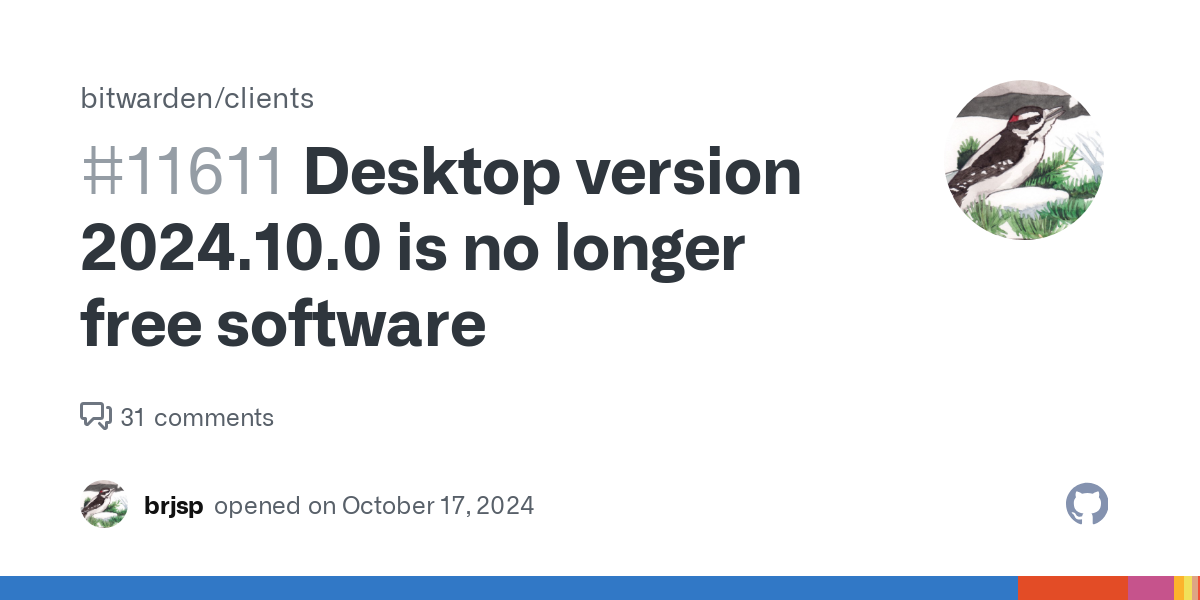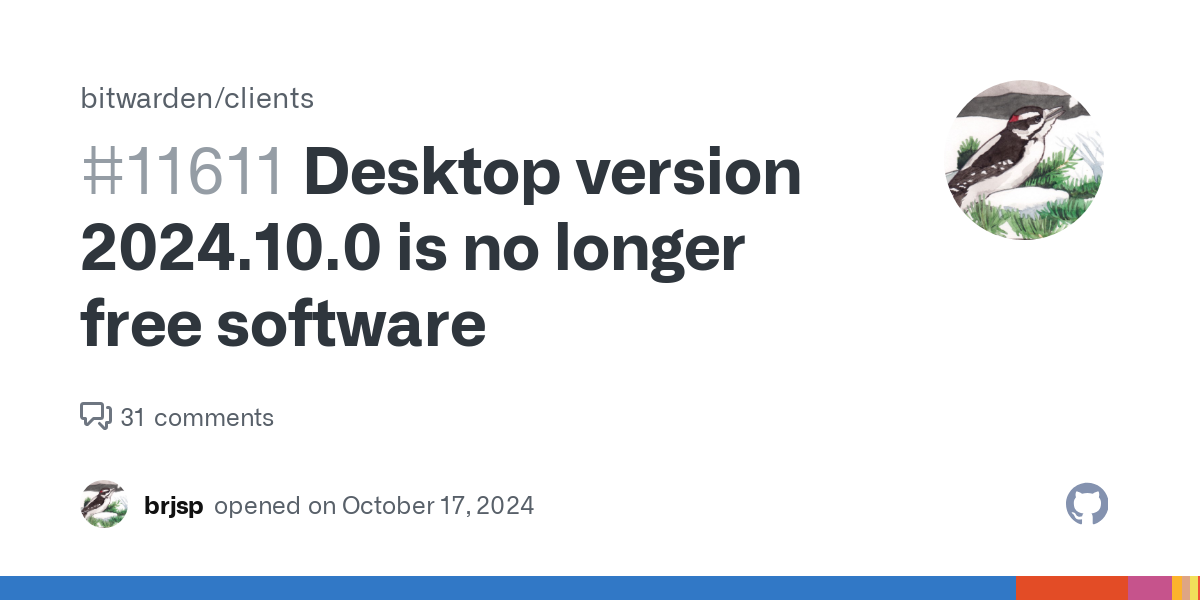

That is indeed a nice tool.
The default configuration of 13/16T also provides quite even spacing though. The more significant difference is that the 12T in the back require a 44T chainring for similar development as 13T + 50T and that extends the lowest gear from 2.65 to 2.49.
This is all nice and all but my problem is that it doesn’t tell me how significant that difference actually is in the real world; I don’t know how the 0.25 delta would actually manifest itself in a way where you’d feel an appreciable improvement in climbing hills.






















Sources claim an up to 100% mortality rate!